Relay Protocol: Fast Cross-Chain Bridging and Swaps
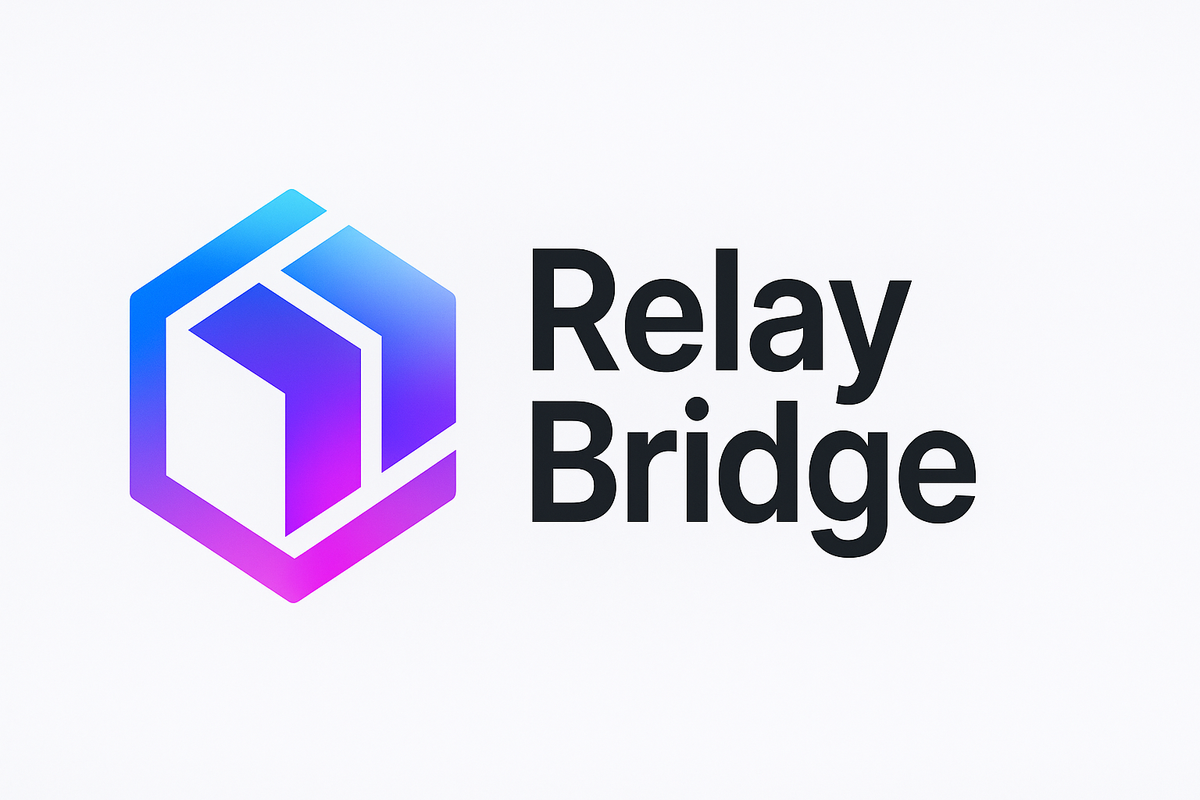
Overview
-> Introduction
-> What Is Relay Protocol?
-> Key Capabilities of Relay Protocol
-> Why Relay is Fast and Cheap
-> Supported Chains
-> Developer Tools and Resources
-> Conclusion
INTRODUCTION
As the blockchain ecosystem grows, so does the challenge of navigating through a multitude of chains, assets, and wallets. For developers and users, the decentralized world can feel fragmented, with each blockchain operating as a silo. But Relay Protocol is changing that narrative. With an innovative approach to cross-chain communication, Relay is enabling developers and users to seamlessly interact with multiple blockchains. Whether it's for bridging assets, executing smart contracts, or abstracting away the complexities of different chains, Relay Protocol offers a simple, fast, and low-cost solution.

In this article, we’ll take a deep dive into what Relay Protocol is, how it works, and the powerful tools it provides to enable a unified, cross-chain experience.
What Is Relay Protocol?
Relay Protocol is a cross-chain interoperability platform designed to make decentralized applications (dApps) more flexible, efficient, and user-friendly. It allows users to swap assets and bridge tokens across multiple blockchains, enabling true chain abstraction. Instead of dealing with each blockchain’s separate interface, Relay enables developers to create a seamless experience, where users interact with one unified ecosystem.
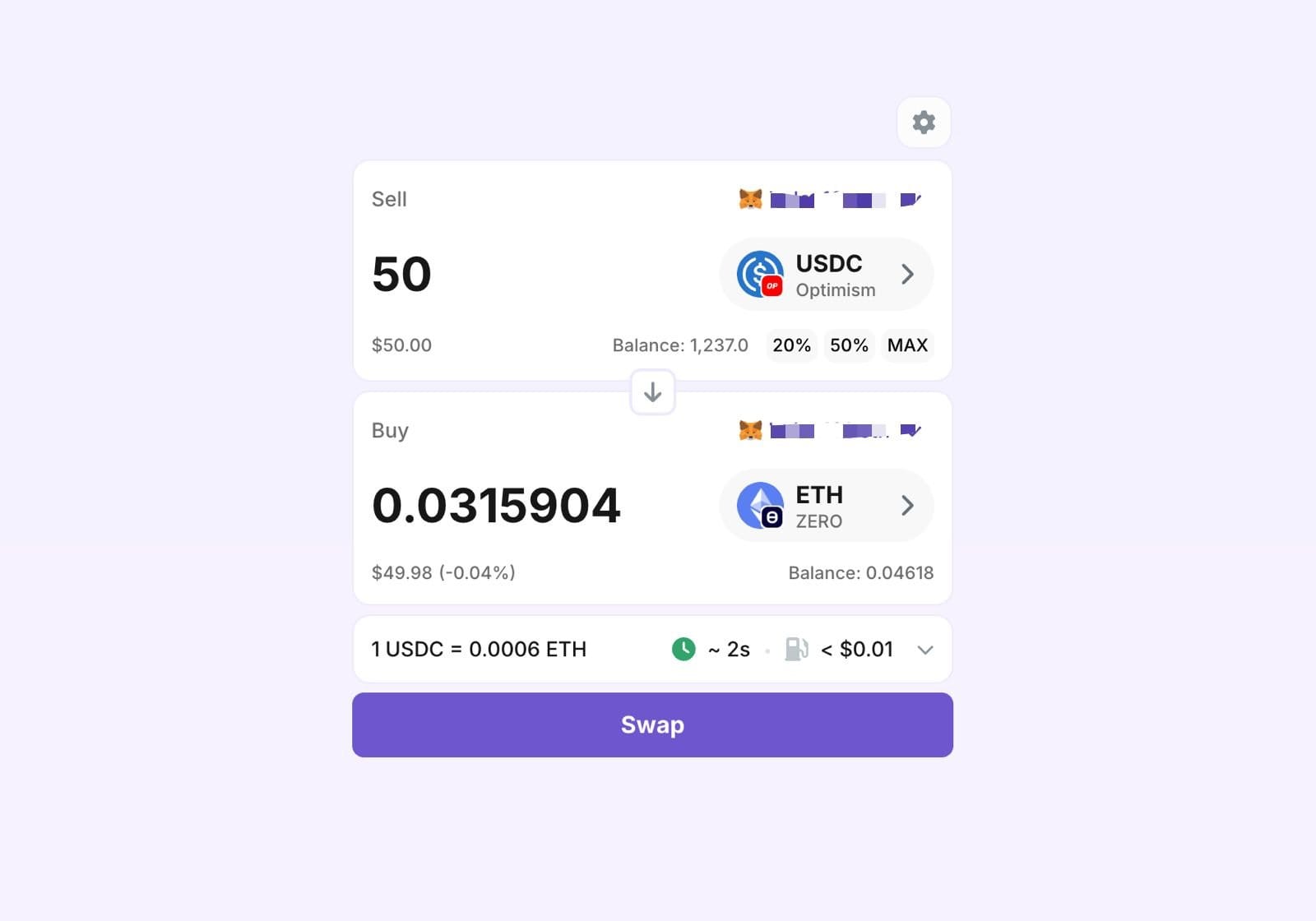
Relay’s architecture supports over 74 blockchains and continues to expand, making it a central hub for interoperability. With this platform, users can interact with assets and smart contracts on Ethereum, Solana, Polkadot, Sui, BNB Chain, and other prominent blockchains all within a single interface.
Key Capabilities of Relay Protocol
- Blazing-Fast Swaps and Bridging
Relay’s functionality is its ability to quickly and efficiently transfer assets between chains. Traditional bridges often require waiting for block confirmations or depend on liquidity pools that introduce slippage and delays. Relay eliminates these problems with several key optimizations like Pre funded liquidity pools, low gas fee, and instant finality. These innovations make Relay not just faster than many traditional bridges, but also more affordable and reliable

- Chain Abstraction Tools
Relay Protocol provides developers with an essential tool set for chain abstraction [the process of making multiple chains feel like one unified network]. The goal is to create a seamless cross-chain experience for users, and Relay achieves this by offering several powerful tools like multi input API and unified user interface. With these tools, developers can offer a smooth, cross-chain experience, while users enjoy the benefits of a unified wallet and asset pool.
- Cross-Chain Execution
Relay isn’t limited to just swaps and bridging. It goes further by enabling cross-chain smart contract execution. This means that users can interact with contracts deployed on one chain while being on a completely different chain. It does this by:
Executing calls across chains
Smart wallet support
Multi signature support
This ability to execute smart contracts across multiple chains opens up endless possibilities for decentralized applications. Developers can create applications that span chains, enabling new functionality that wasn't possible before.
Why Relay is Fast and Cheap
- Optimized Routing: Relay uses sophisticated routing algorithms to choose the most cost-effective and efficient way to bridge assets across chains. Whether a user is transferring assets between Ethereum and Solana or between two Layer 2 chains, Relay selects the best route to minimize both fees and transaction time.
- Pre-Funded Liquidity: Unlike other bridges that rely on a waiting period for cross-chain transfers to be confirmed, Relay uses pre-funded liquidity pools to instantly fulfill swap and bridge requests.
- Low-Cost Chains: Relay leverages the lowest-cost chains for certain operations, which significantly reduces overall transaction costs.
- Gas Abstraction: The platform abstracts gas management for users, automatically topping up wallets with the necessary tokens to pay for fees, ensuring that users don’t have to manage gas on each chain themselves.
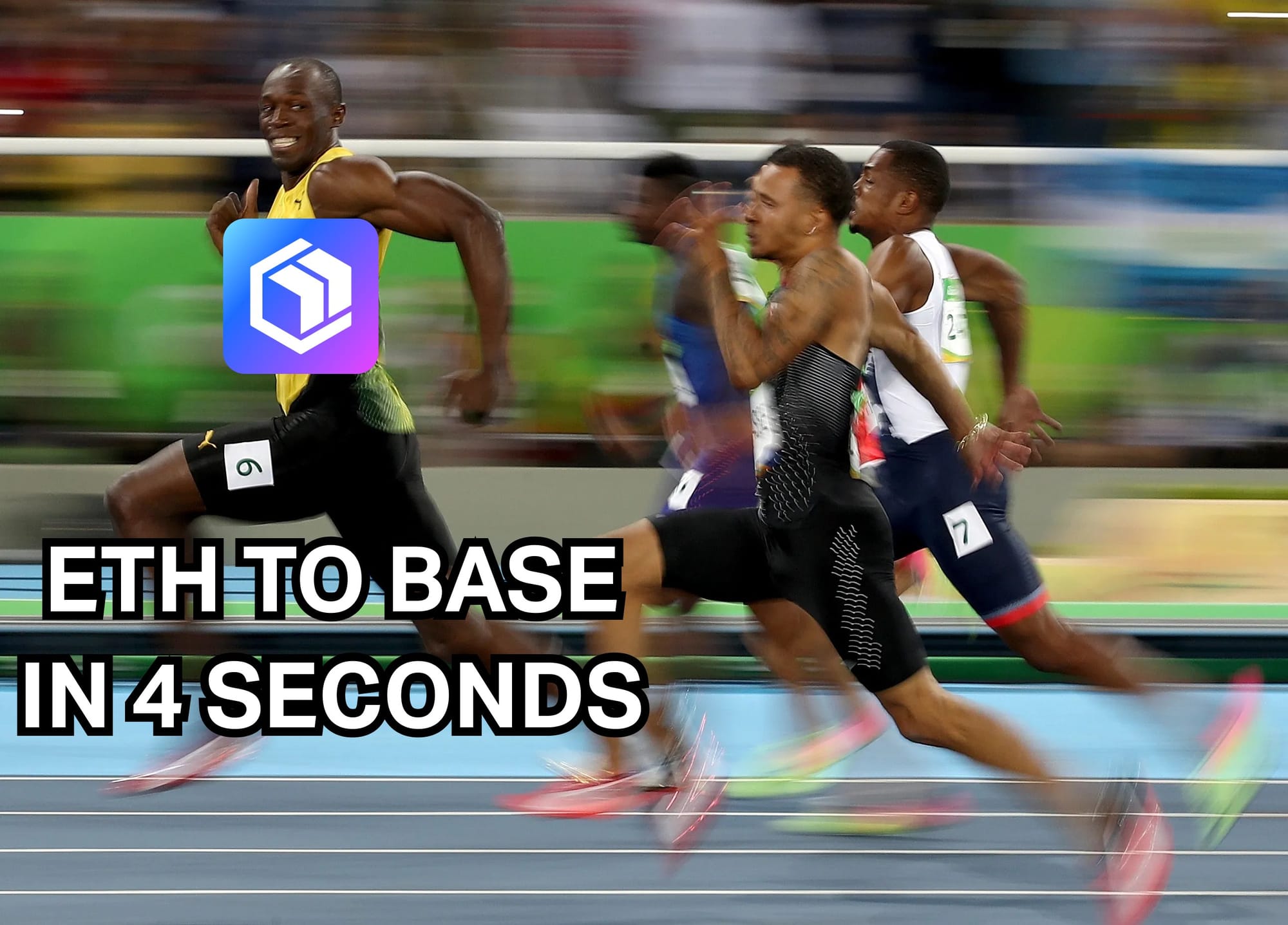
These optimizations help Relay provide a fast, reliable, and cost-effective cross-chain solution.
Supported Chains
Relay supports a wide variety of chains, both mainnets and testnets, including:
EVM-Compatible Chains: Ethereum, Binance Smart Chain, Avalanche, Polygon, Arbitrum, Optimism, Fantom, and others.
Non-EVM Chains: Solana, Sui, Cronos, and more.
Layer 2 Chains: Arbitrum, Optimism, and others.
Testnets: Relay supports both mainnet and testnet interactions, making it ideal for developers testing their applications.
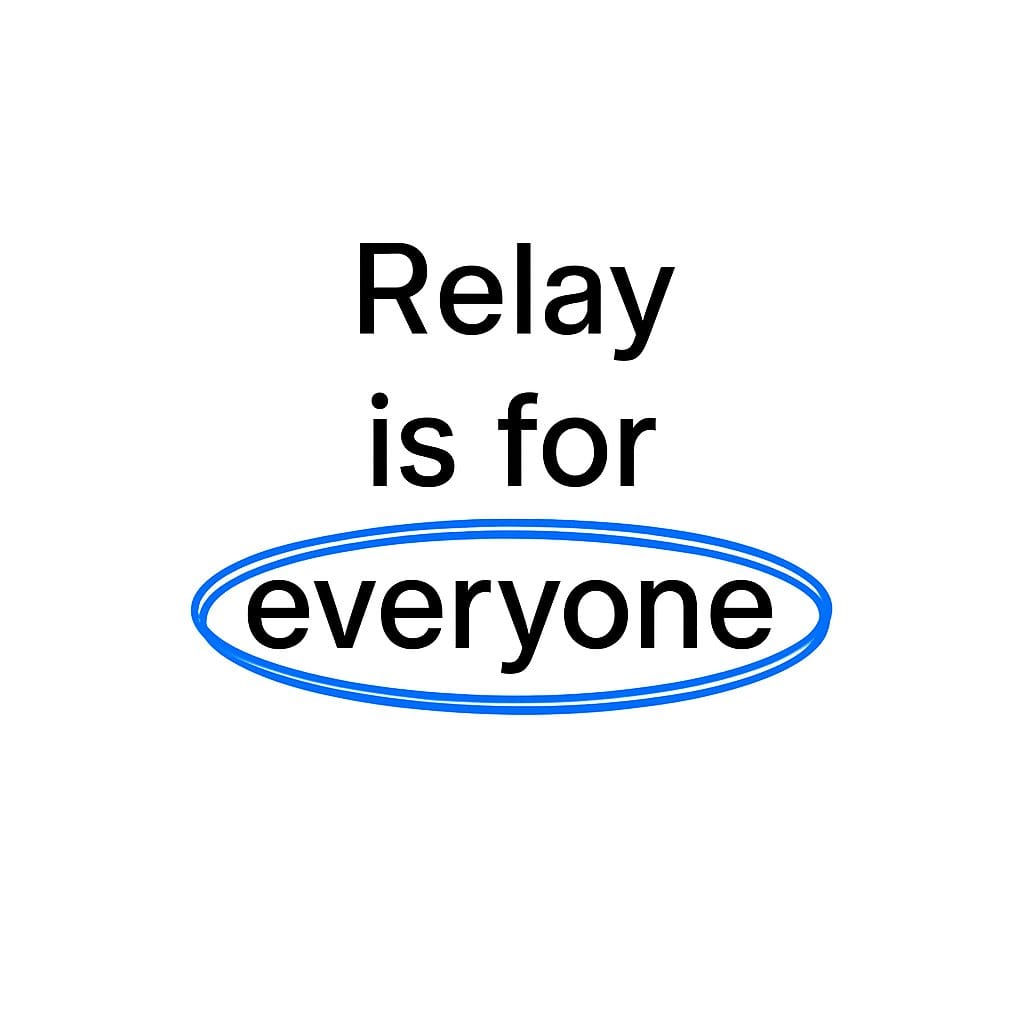
Developer Tools and Resources
Relay offers a comprehensive suite of developer tools to build and integrate cross-chain functionalities into decentralized applications:
SDK Access: Relay’s SDK allows developers to integrate cross-chain bridging and swaps into their applications with ease.
API Documentation: Detailed API documentation for interacting with the Relay platform programmatically.
Testnet Support: Developers can test their applications on various testnets before going live on mainnet.
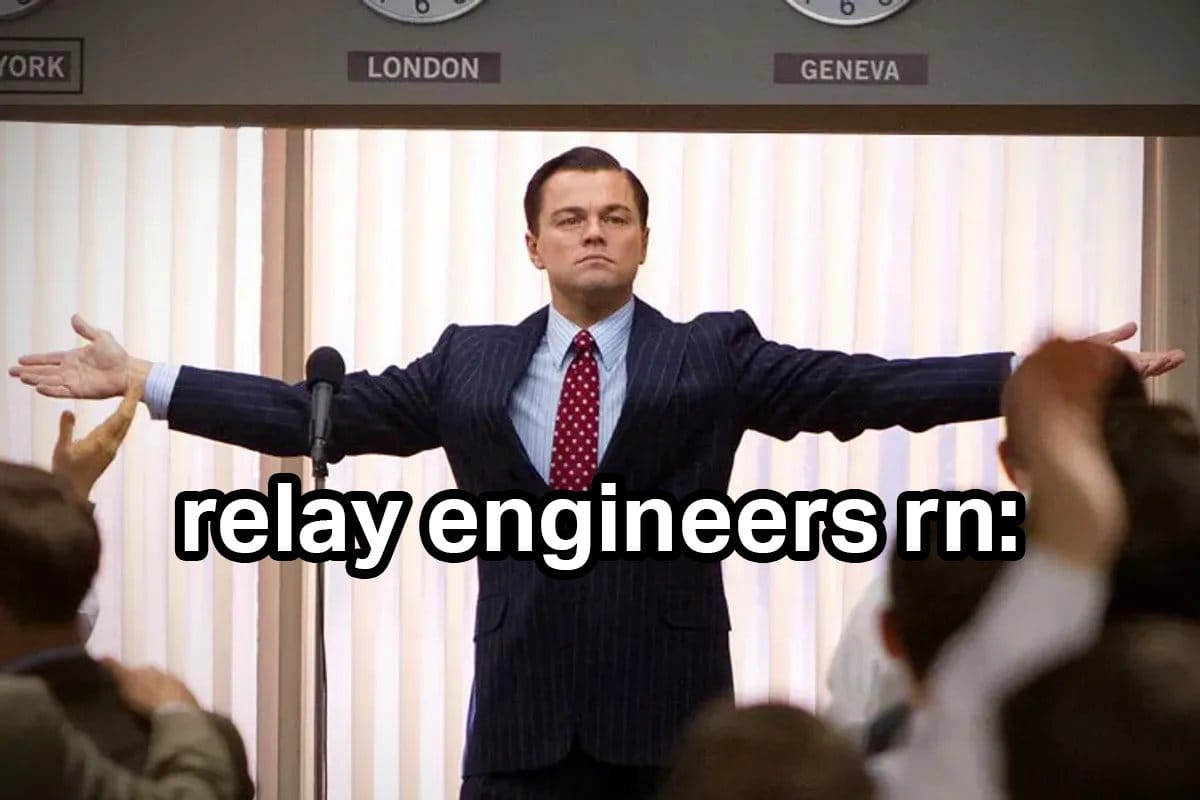
CONCLUSION
Relay Protocol is a foundation for the multi-chain future. By providing powerful tools for chain abstraction, cross-chain execution, and liquidity management, Relay is enabling a new wave of decentralized applications that span multiple blockchains seamlessly.
Whether you’re a developer looking to integrate cross-chain functionality into your app or a user looking for fast, low-cost transactions, Relay delivers the performance and tools you need to thrive in the decentralized world.
Stay tuned for more.
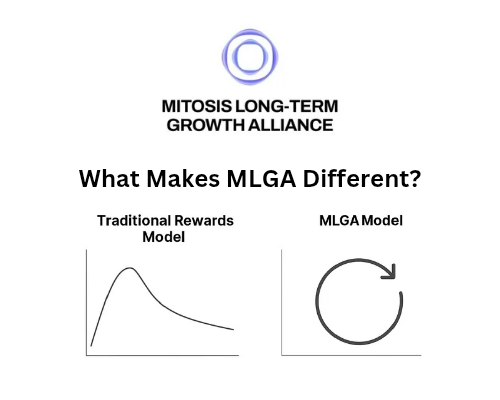
Comments ()